Babywearing : What is it?
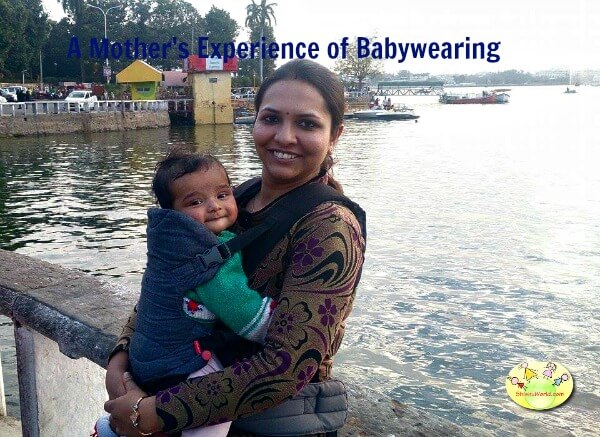
Babywearing is the practice in which mother or caregiver wears or carries the baby in a sling or in another form of carrier.
Babywearing has been practiced for centuries around the world. It has been common in India as well although not using a carrier. It has always been common practice in India for a baby to be carried in her mother’s arms. In the western world, babywearing has gained popularity in recent decades. Part of the reason for this shift is due to the influence of attachment parenting.
Babywearing is a form of baby transport which can be enjoyed for as long as mutually desired, often until toddlerhood and beyond.
It is natural for baby to be close to his mother. Babies are happiest when being held by mom. Babywearing is a great practice for keeping baby happy and to help build a stronger bond between mom and her baby.
Personally, I wear because it allows me to thrive as a parent at times when all I can do is put one foot in front of the other.I knew I wanted to wear even before my son was born.
Just a few reasons why babywearing is so fabulous
- Newborns NEED to be held. Close physical contact has physical and physiological benefits fora baby. Carrying my son allows me to provide baby with the physical comfort he needs while still have hands free for other activities.
In the wearing of newborns in particular, the mothers’ oxytocin levels are increased through the physical contact with the infant, leading to a more intimate maternal bond, easier breastfeeding and better care. It also considered to contribute in lowering the incidence of postpartum depression and psychosomatic illness in the mother. In the same way, the father carrying the baby also has benefits for a better father-child bond.
- Infants who are carried are known to be generally calmer because all of their primal/survival needs are met. The caregiver can be seen, heard, smelled, touched, tasted, provide feeding and the motion necessary for continuing neural development, gastrointestinal and respiratory health and to establish balance (inner ear development) and muscle tone is constant .
- An upright position is also good for babies with reflux. The slight pressure on the tummy provided by babywearing can also help with gas issues.
- A baby suffering from colic might be more easily soothed when worn and rocked in a carrier.
- Carriers can go to any place unlike a stroller. Going around in a crowded shopping mall, walking your elder child to school, visiting places, and using public transportation like bus or train are made much easier when using a carrier or sling.
- A worn baby is also more aware of his/her environment as s/he is being carried to every place along with the parent.
- Even toddlers who are walking frequently want to be held. A good carrier makes it much easier to handle the weight of your growing toddler while leaving you hands free for other tasks.
Wearing is a wonderful way to soothe and comfort a sick or grumpy baby or toddler.
And the list goes on!
What Carriers are Out There?
Here are brief descriptions of the main carrier type. Any of the carriers used should carry baby in an ergonomically correct position when worn properly.
Wraps: Wraps are pieces of cloth in varying lengths. They can be used for front, back, and hip carries. Wraps are the simplest carrier in terms of structure, but may take a bit longer to learn to use.
Mei Tais: Mei Tais are soft bodied carries with a tie waist and shoulder straps that come around baby and tie. They can be used for front and back carries MeiTais are a good choice for someone who likes the adjustability of a wrap, but wants something slightly faster to get on.
Buckle/Soft Structured Carriers: SSCs are soft bodied carriers that have buckle waist and shoulder straps they are used for front and back carries (there are some that can hip carry as well). SSCs are a good choice for someone who wants a quick carrier that doesn’t require long fabric or straps to deal with.
Ring Slings: Ring slings are one shoulder carriers – a piece of cloth threaded through rings; they are used primarily for hip or tummy to tummy front carries (experienced wearers can back carry an older baby/toddler with a ring sling). Ring slings are a good choice for someone looking for a quick and compact carrier.
Pouches: Pouches are a piece of fabric sewn in a loop that forms a pouch for baby to sit in; they are a single shoulder carrier and can be used for hip and tummy to tummy front carries.
What should I consider in choosing a carrier?
- Proper Positioning
- Wearer’s Comfort
Is Babywearing Safe?
The short answer – YES!
When done properly, babywearing is absolutely safe. Just as with any other bit of baby gear, carriers used improperly (or unsafe carriers) can be dangerous. Think about how much care and attention you put into selecting, installing, and using your child’s car seat. The same level of attention should be paid to choosing and using a carrier.
The number one safety rule, particularly with babies under 4 months, is to make sure baby has a clear airway.
A newborn’s airway is much like a straw; when the chin falls to the chest, the straw gets pinched and the airway is restricted. An upright tummy to tummy position with a snug carrier supporting baby is ideal. Baby’s head should always be clear of the carrier and facing up and out (baby’s head will be turned sideways to rest on your chest). Unless baby is nursing, her head should not be turned into your body.
As with any physical activity, there are certain safety precautions which must be considered in babywearing. Most are common sense, but the guidelines are particularly important to remember when carrying a newborn baby that has limited head control. The acronym TICKS was created to assist with remembering the safety basics of babywearing:
- Tight
- In view
- Close enough to kiss
- Keep chin off the chest
- Supported back
What is the Best Baby Carrier?
There is no one answer to this question. What is best for you depends on what you hope the carrier will help you do, how often you plan to use, who is wearing, the age of your child and most importantly your personal preference.
It is also quite normal for babies to go on a “wearing strike” as they become more mobile, especially as they learn to walk. Don’t put up the carriers just yet though. Most toddlers will come back around and will even ask to be worn once they master walking. With the right carrier, you can babywear just as long as you would use a stroller.
The question has been raised as to whether or not babywearing is safe with respect to falls. In the case of a caregiver accidentally tripping or falling while wearing a baby, the wearer’s arms would likely be free to break the fall, while the child remained relatively safe close to the carer’scentre of gravity. If the child was being carried ‘in arms’ without a carrier, the likelihood of injury would be much higher due to the impossibility of the carer being able to both hold the child safely and protect themselves from injury. .
My son with his mama ☺
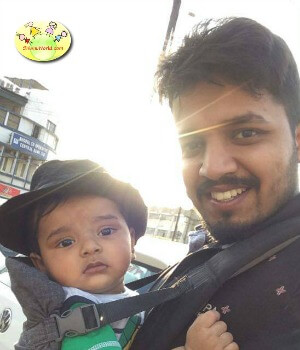
Author:
 |
Ankita Sanyam Agrawal is a doctor by profession and a mother of a 6 months young. An avid traveller and reader, who always wanted to write. She says baby has given me that inspiration. |
References: Wikipedia.org
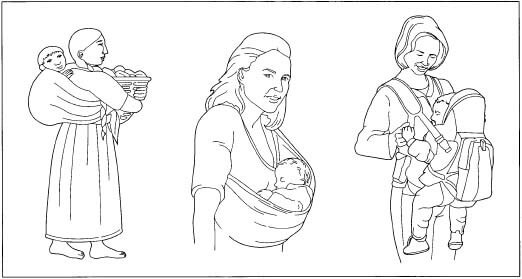


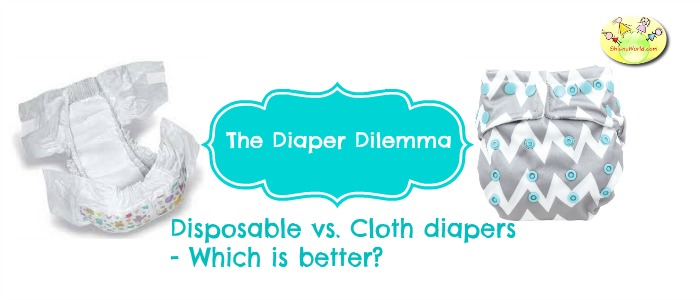

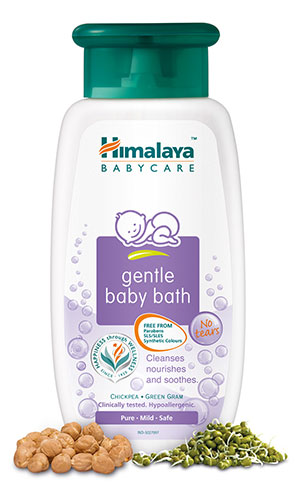


One Reply to “Babywearing – Attachment Parenting”